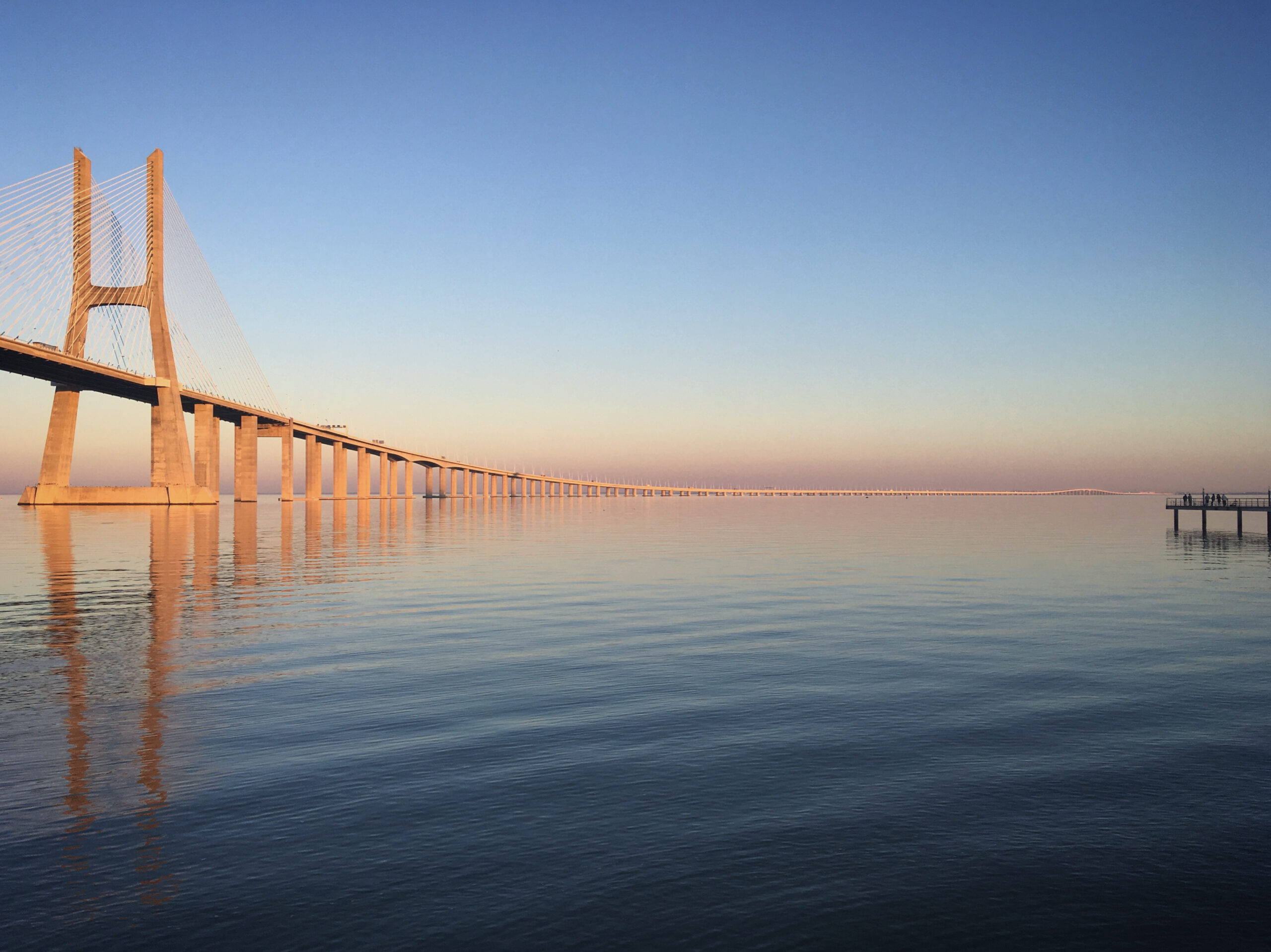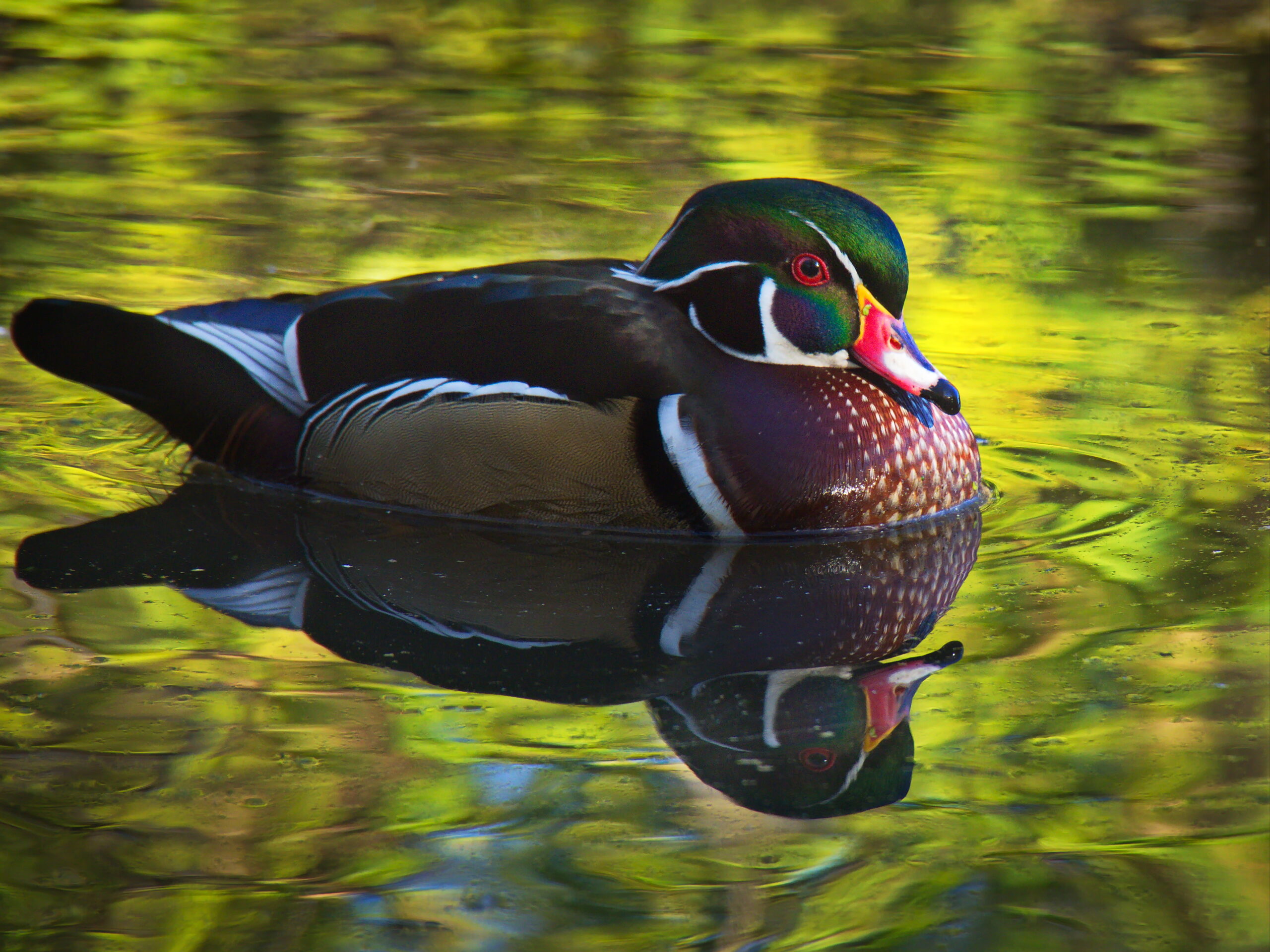Grasping Fiber Secondary Covering Systems
Are you aware that more than 90% of worldwide web traffic depends on optical fiber technology? This information emphasizes the significance of every part in fiber optic cable manufacturing, particularly the fiber auxiliary coating line. These setups are vital for securing the fiber optic cables’ resilience and performance.
This article will investigate the complexities of fiber auxiliary coating systems. We will examine their crucial role in safeguarding fiber strands. Additionally, we will look into how these processes boost fiber strength and performance. This knowledge is critical for those involved in SZ stranding line field and manufacturing.
Overview of Optical Fiber Technology
Fiber optics has transformed information transfer, using light waves over electric currents. This technique provides fast communications with minimal data degradation. At the center of this technique exist the basics of fiber optic communications. These principles are reinforced by a complex structure. It includes a center, coating, coating, support fibers, and a defensive layer. Each part is essential for the system’s effectiveness.
The system’s integration into communication networks has transformed our communication landscape. It efficiently manages large data volumes, facilitating online, voice services, and TV services. Therefore, optical fibers not only enhances performance but also guarantees consistency globally.
Understanding Fiber Secondary Coating Line
A optical fiber secondary coating process is a assembly of dedicated machines and processes. It adds protective layers to fiber optics after manufacturing. This secondary coating is crucial for the optical fibers’ durability and performance. It defends them from environmental and mechanical threats. The significance of coverings in maintaining fiber optics’ integrity is evident.
Explanation and Significance in Fiber Optic Production
The secondary coating process is vital in fiber creation. It involves layering the optical strands with a plastic coat. This cover shields the strands during deployment and use. It increases the fibers’ lifespan by mitigating wear from curving, abrasion, and foreign materials.
Without these coverings, optics would be prone to fracture and functional problems. This step is essential for preserving the optics’ strength.
The Role of Layers in Defending Fiber Strands
Coverings play a crucial role in maintaining the optical and mechanical performance of fiber strands. They function as a defense against mechanical pressure and environmental factors. The significance of coverings is clear; they boost the fiber’s resilience. This provides easier setup and a longer operational period.
This focus on secondary coating is key for those in fiber optics. It’s a aspect that greatly affects the optical fiber’s functionality and durability.
Parts of Optical Fiber Auxiliary Coating Systems
The optical fiber auxiliary coating system is a complex system, consisting of several essential components. These elements are vital for producing premium outputs. They help us understand how a fiber secondary covering setup works and what it requires to function properly.
Primary Tools Summary
Essential equipment like optical fiber feeders, gel dispensers, coating machines, junction units, and temperature control systems make up the center of the auxiliary coating system. Each tool is crucial for the covering procedure. For instance, the extruder heats the coating material, and the crosshead applies it uniformly around the strand. These components must operate in harmony to guarantee consistent manufacturing and output excellence.
Raw Materials Used in Coating
The pick of materials for covering is critical for obtaining the intended result. UV-set plastic materials are often preferred for their excellent defensive traits. These materials safeguard the strand, enhance its durability, and enhance total functionality. The proper blend of raw materials provides the completed item conforms to sector norms and customer expectations.
Understanding the Secondary Coating Process
The additional layering procedure is crucial in the manufacturing of optical fibers, offering crucial protection to the freshly manufactured optics. This process consists of the addition of shielding substances to boost the fiber’s resilience and functionality. The sequence of this procedure is vital; it guarantees ideal attachment, thereby cutting down on waste and boosting production efficiency.
Fabricators employ different covering methods, including polymer application and gel layering, to adjust certain layering traits and coating dimensions. Each approach brings distinct advantages, ideal for different fiber applications and needs. As the requirement for top-notch fiber strands escalates, advancing the secondary layering procedure is crucial. It is critical for adhering to industry benchmarks and pushing covering innovations.
Importance of the Fiber Draw Tower in Coating Configuration
The optical fiber drawing structure is vital in the manufacturing of optical fibers. It pulls optics from preforms while coating with protective substances as they cool. The quality of the drawing system is critical, impacting the coating’s effectiveness.
How the Draw Tower Works
The drawing system raises the temperature of the preform before drawing the fiber at a managed rate. This operation is vital for upholding the fiber’s structural integrity. As the strand appears, coverings are added instantly for consistent shielding against environmental and mechanical damage. The structure of the extraction system provides optimal coating application scheduling and adhesion.
Relationship Between Draw Tower and Coating Quality
The drawing system’s caliber directly influences the covering’s outcome. Irregularities in the extraction operation can cause inconsistent covering depth, influencing the fiber’s performance. High-quality draw towers eradicate these challenges. A uniform coating configuration enhances fiber durability, making the FTTH cable production line more durable and useful in diverse operations.
Traits of Superior Auxiliary Coverings
High-quality coatings are essential for the effectiveness and dependability of fiber optic arrangements. They must meet strict structural and optical guidelines to ensure communication clarity. This awareness aids producers in developing more consistent outputs.
Physical Strength and Light Transmission Guidelines
Secondary coatings need to demonstrate outstanding mechanical properties. They must resist mechanical pressure and maintain functionality across various environmental conditions. This requires adhering well to the glass core and avoiding shrinkage or expansion. Moreover, they should boost light transmission, facilitating high-speed data transfer with reduced data degradation.
Significance of Bonding and Durability Against Layer Separation
Adhesion of the coating to the fiber’s center is crucial for the network’s durability. Without strong adhesion, the chance of layer separation grows, likely resulting in malfunctions. Top-tier coverings are crafted to resist delamination, providing durability and reliability across diverse operations. This durability not only prolongs the fiber strand’s longevity but also improves functionality, emphasizing the significance of picking high-quality layering compounds.
Technology Behind Secondary Coating Lines
The progression of secondary layering processes is motivated by the quest for productivity and top-notch output. In the optical fiber sector, the embracing of advanced covering tools is increasing. These developments feature real-time monitoring systems and better polymer applicators. Such technologies facilitate fabricators to uphold superior guidelines while simplifying manufacturing operations.
Innovations in Secondary Coating Line Equipment
New developments in auxiliary covering systems have transformed manufacturing capabilities. New coating machines now offer accurate regulation over the layering procedure. This leads to enhanced regularity and functionality in the final product. Automation and advanced system combination also allow speedier fabrication operations with less operator involvement. This not only reduces mistakes but also enhances overall output.
Juxtaposition of Auxiliary Covering Systems
Juxtaposing various secondary coating line technologies is essential. Flexible setups stand out for their versatility and growth potential. They allow fabricators to respond to variable fabrication requirements without major system modifications. In opposition, traditional setups are renowned for their dependability and established performance. The decision on method depends on a company’s specific needs, cost considerations, and production goals.
Advantages of Using Secondary Coating Lines
Auxiliary covering systems provide many perks to producers in the fiber optics market. They improve the manufacturing operation, leading to improved economic efficiency and enhanced item standards.
Cost-Efficiency in Production
Secondary layering processes are key to cutting manufacturing expenses. They cut down on wastage and simplify procedures, leading to substantial economic effectiveness. This efficiency increases financial returns, rendering it crucial for firms aiming to stay competitive.
Improved Product Quality and Durability
Secondary layering processes also boost product quality. The long-lasting layers added through these processes enhance the product durability of fiber optic cables. This translates to extended durability and reliability, guaranteeing improved effectiveness and user satisfaction.
Uses of Auxiliary Covering Systems
Secondary layering processes are vital across different sectors, guaranteeing the consistency and effectiveness of optical fibers. These optics are crucial in telecommunications, forming the foundation of high-speed internet services. They support smooth communication, linking clients across the globe.
In the healthcare industry, these optics are vital for operational devices and testing machines. Their precision and durability are critical for healthcare uses. The uses of optical fiber auxiliary covering also extend to aerospace and defense, where they improve network setups and sensor technologies.
User-focused gadgets gain significantly from the improved strength of these strands. They support tools functioning in challenging settings. The flexibility of these strands allows innovative solutions, making them crucial in today’s modern tech landscape.
Impact of Secondary Coating on Fiber Optic Performance
The secondary coating is essential for enhancing fiber strand effectiveness, focusing on optic resilience and light distortion. A carefully crafted covering can significantly minimize minor optical fiber flaws that could cause failure under stress.
How Coatings Affect Tensile Strength
The fiber durability of fiber strands is crucial for their consistency across various applications. Additional layers deliver a protective layer that mitigates pressure, lowering the likelihood of splitting. This protective layer guarantees that optics maintain their physical strength under external pressures, guaranteeing reliable functionality across their operational period.
Minor Bending Effects and Their Relevance
Light distortion can distort light propagation within fiber strands, leading to data loss. Powerful secondary layers mitigate these bending issues, guaranteeing optics maintain their light transmission qualities even in tough conditions. By reducing microbending, producers can ensure fiber optic cables offer superior effectiveness and resilience across their operational period.
Industry Shifts and Developments in Auxiliary Covering
The fiber optics secondary layering market is undergoing considerable transformations, propelled by the demand for enhanced effectiveness and sustainability. This progress is led by the fast-paced development of information exchange, raising awareness of the need for superior substances and innovative coating processes. These developments underscore the importance of adopting high-tech substances and approaches in the coating industry.
Emerging Technologies in Coating Processes
Advancements in coating technology have led to the creation of novel polymer materials. These materials offer exceptional physical qualities and environmental resilience. Such innovations not only strengthen the resilience of optical fibers but also reduce the ecological impact. Additionally, improved production methods ensure better exactness in coating, resulting in uniform output standards.
Future Prospects for Secondary Coating Lines
The outlook for auxiliary covering systems is set to be marked by the adoption of mechanization and smart technologies. These advancements are projected to optimize fabrication, thus reducing costs and improving output standards. As the industry progresses, the emphasis will continue to be innovation and discovery. This will push more advancements aimed at meeting the demands for high-speed data transmission and energy efficiency.
Obstacles in Auxiliary Covering
The production of optical fiber coverings experiences various hurdles that impact manufacturing productivity and product quality. A critical problem is the difficulty in maintaining consistent coating thickness across different optic strands. Such differences can lead to coating complications, impacting the fibers’ overall performance and reliability.
Ensuring proper adhesion between the coating and the fiber is another critical challenge. Insufficient attachment can lead to the covering to malfunction quickly, at the time of coating or subsequently. Moreover, impurities in the layering operation present major production obstacles. These impurities can compromise the covering’s strength and functionality. Fabricators must balance adhering to strict environmental regulations with progress in fabrication to overcome these hurdles.
Conquering these obstacles is essential to satisfy the increasing industry needs. It prepares the ground for improved durability and dependability in fiber optic applications.
Summary of Fiber Secondary Coating Lines
The recap of secondary layering processes highlights their crucial role in producing consistent and top-notch optical fiber strands. These setups not only enhance the physical strength and light transmission of optics but also shield them from environmental threats. This provides the cables remain intact over their operational life.
Advancements in technology have taken the benefits of compact fiber unit to new heights. They improve manufacturing productivity, minimize material loss, and result in better output standards. The advancements enable firmer attachment and strength against challenges like coating detachment, which significantly impacts effectiveness.
Grasping the significance of optical fiber auxiliary covering systems aids stakeholders in the fiber optic sector in making well-informed choices. This awareness results in improved product offerings and operational efficiencies. Such developments are vital in today’s challenging industry.
Common Inquiries
What does a fiber secondary coating line mean?
A fiber secondary coating line is a setup designed to apply protective layers to fiber optics. This operation happens following fiber pulling, providing the fiber strands’ resilience and effectiveness.
Why is secondary layering essential in fiber strand fabrication?
The auxiliary covering operation is essential. It shields the glass fibers from mechanical and environmental threats. This enhances their longevity and reliability, while upholding their visual characteristics.
What are the main components of a fiber secondary coating line?
Essential parts consist of optical fiber feeders, gel dispensers, extruders, junction units, and cooling systems. These elements operate in harmony to apply protective coatings to fiber strands.
What materials are typically used in the coating process?
Typically selected compounds used include ultraviolet-hardened acrylic substances. These offer a shielding coat against wear from curving, scuffing, and impurities.
How does the fiber draw tower contribute to the coating process?
The fiber strand extraction system controls the fibers’ drawing from preforms and adds shielding layers as they solidify. This greatly impacts the covering effectiveness.
Structural and optical quality benchmarks for secondary layering?
Secondary coatings must adhere well to the glass core, prevent layer separation, and withstand physical stress. This increases the fiber durability and optical clarity of the fiber optic cables.
What are some emerging technologies in secondary coating lines?
New developments consist of advanced extruder systems and real-time monitoring for quality assurance. These innovations improve covering effectiveness and operational efficiency.
Benefits of auxiliary covering systems for producers?
Auxiliary covering systems lead to economic effectiveness in manufacturing, improved product quality, minimal wastage, and increased durability and performance of fiber optic cables.
In which industries are fiber secondary coating lines used?
These lines are used in telecommunications, healthcare, aviation, and consumer electronics. They provide reliable fibers for high-speed internet services and data centers.
Effect of auxiliary coverings on fiber durability?
Auxiliary coverings shield small defects and reduce light distortion. This guarantees the optics maintain their light transmission qualities and operate steadily under various conditions.
Hurdles in secondary layering fabrication?
Producers face challenges like achieving even layer dimensions, achieving strong bonding, stopping impurities, and following green regulations while advancing technology.
Future advancements in secondary layering sector?
The market is expected to see more robotics, intelligent tool adoption, and advancements in polymer materials. These should boost green practices and layering functionality.



